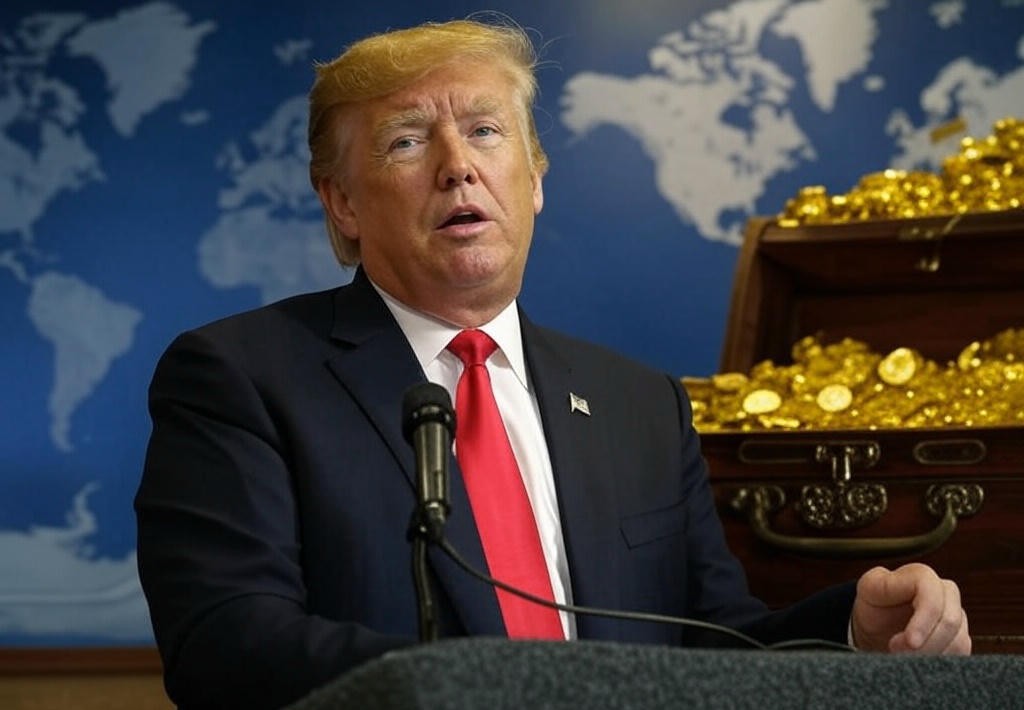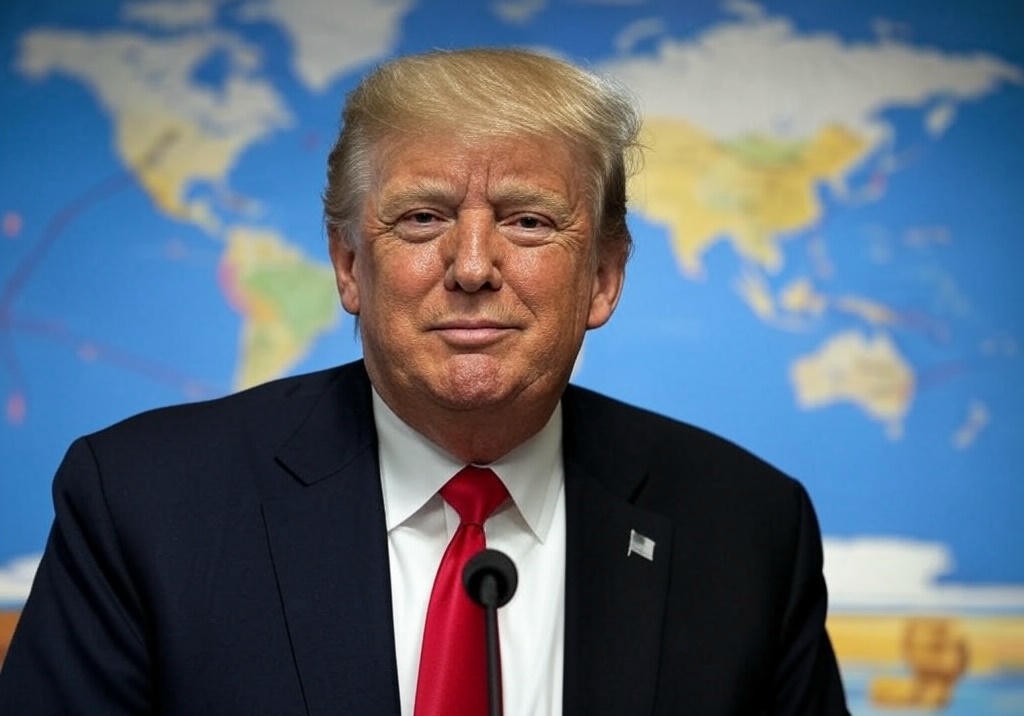
In a recent statement US President Donald Trump expressed a relaxed approach to international trade deals saying “We are in no rush.” He believes the United States holds a strong position in global trade negotiations claiming that “other countries want to make deals more than I do.” Trump also emphasized tariffs taxes imposed on imported goods as a powerful tool for generating wealth for the US. This approach marks a shift in how the US engages with global trade prioritizing economic leverage through tariffs over quickly signing new trade agreements.

Understanding Tariffs and Trade Deals
Tariffs are taxes that a country places on goods imported from other nations. They make foreign products more expensive encouraging consumers and businesses to buy locally made goods instead. Tariffs can protect domestic industries, create jobs and generate revenue for the government. They can also increase prices for consumers and strain relationships with trading partners who may respond with their own tariffs.
Trade deals on the other hand are agreements between countries to reduce or eliminate tariffs and other trade barriers. These deals aim to boost trade, lower prices and strengthen economic ties. Trump’s administration has often criticized existing trade agreements arguing they favor other countries and harm American workers. His “no rush” stance suggests confidence in using tariffs as a bargaining chip to secure better terms in future deals.
Why Trump Is in “No Rush”
Trump’s statement reflects his belief that the US has the upper hand in trade negotiations. The US is one of the world’s largest economies and many countries rely on access to its massive consumer market. By imposing tariffs Trump can pressure other nations to offer favorable terms in trade talks. He argues that other countries are more eager to strike deals because they depend on the US market more than the US depends on theirs.
This approach aligns with Trump’s “America First” policy which prioritizes US economic interests. By slowing down trade talks he aims to negotiate agreements that protect American industries bring back manufacturing jobs and reduce trade deficits—the gap between what the US imports and exports. Trump’s confidence also stems from the revenue generated by tariffs which he describes as a source of wealth for the US. Tariffs bring in billions of dollars to the government which can be used for infrastructure, defense or other priorities.
Tariffs as a Source of Wealth
Trump’s claim that tariffs are a source of wealth highlights their role in generating government revenue. For example when the US imposes a tariff on imported steel foreign companies pay the tax to sell their products in the US. This money goes to the US Treasury providing funds without raising domestic taxes. In 2018 Trump’s tariffs on steel and aluminum brought in significant revenue which he often cites as a success.
Beyond revenue tariffs can protect American industries from foreign competition. By making imported goods more expensive tariffs encourage consumers to buy American made products. This can boost local businesses, create jobs and strengthen industries like manufacturing and agriculture. Trump argues that this approach builds longterm wealth by revitalizing the US economy and reducing reliance on foreign goods.
Risks and Challenges
While Trump sees tariffs as a strength they come with risks. Higher tariffs can increase prices for consumers as businesses pass on the cost of taxes to buyers. For example tariffs on imported electronics or clothing could make these goods more expensive for Americans. This could hurt low and middle income families who spend a larger share of their income on everyday goods.
Tariffs can also spark trade wars. When the US imposes tariffs other countries often retaliate with their own targeting American exports like agricultural products or cars. In 2018 China responded to US tariffs by taxing American soybeans hurting US farmers. Such conflicts can disrupt global supply chains and slow economic growth.
Additionally Trump’s “no rush” approach could delay the benefits of trade deals such as lower prices and increased exports. Prolonged negotiations may create uncertainty for businesses which rely on stable trade policies to plan investments and operations. If talks drag on too long some countries may turn to other trading partners reducing the US’s influence in global markets.
Global Reactions
Trump’s strategy has drawn mixed reactions from world leaders. Some countries eager to maintain access to the US market have shown willingness to negotiate. Others like China and the European Union have pushed back, imposing retaliatory tariffs and seeking trade deals with other nations. For example the EU and Japan have signed trade agreements to reduce their dependence on the US market.
Developing nations which often rely on exports to the US may face challenges under Trump’s approach. Higher tariffs could make their goods less competitive slowing their economic growth. Trump’s stance could also encourage these countries to diversify their trade partners reducing their reliance on the US.
What’s Next?
Trump’s “no rush” policy signals a longterm strategy of using tariffs to strengthen the US’s position in global trade. By prioritizing American interests he aims to reshape trade relationships and boost domestic industries. The success of this approach depends on how other countries respond and whether the US can avoid the downsides of tariffs like higher prices and trade wars.
For now Trump’s confidence in tariffs as a source of wealth is clear. His administration will likely continue to use them as a tool to pressure other nations while negotiating trade deals on its own terms. As the global economy evolves the world will be watching to see how this strategy plays out and whether it delivers the economic gains Trump promises.
In conclusion Trump’s relaxed approach to trade deals and reliance on tariffs reflect a bold vision for American trade policy. By leveraging the US’s economic power he aims to secure better deals and build wealth through tariffs. While this strategy has potential benefits it also carries risks that could affect consumers, businesses and global relationships.
